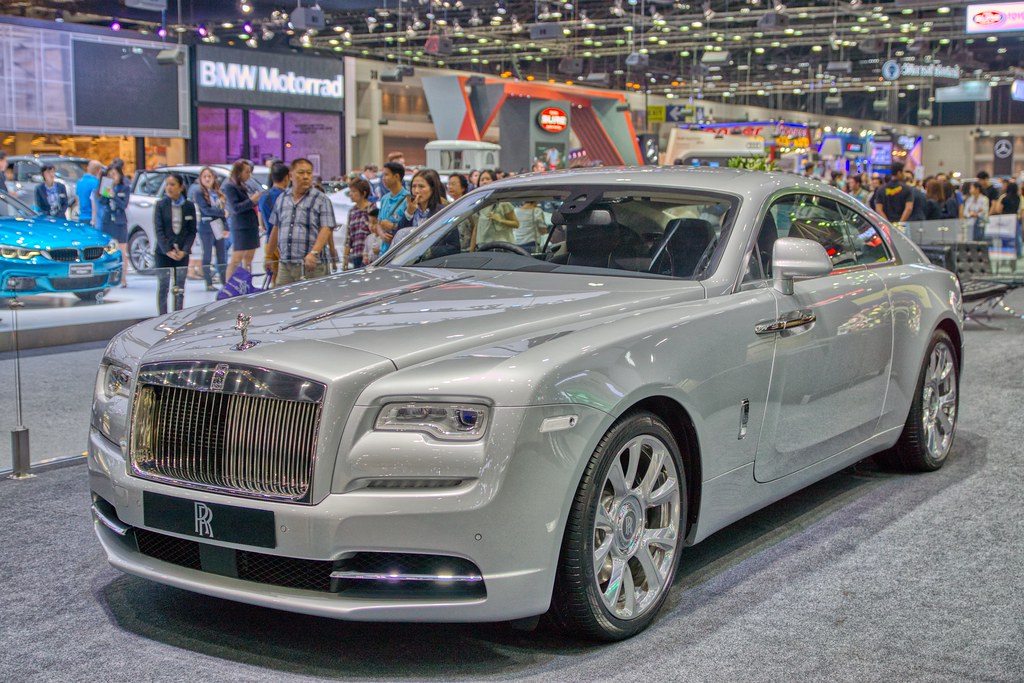
The process of purchasing a vehicle is unlike most other buying decisions you’ll make in life. Unlike a grocery run or a clothes shopping spree, car prices can fluctuate wildly even between dealerships located just a block apart, and your ability to barter can literally mean the difference between paying the manufacturer’s suggested retail price (MSRP) or saving thousands of dollars.
One often-overlooked yet incredibly powerful tool in your car-buying arsenal is timing. If you possess a flexible schedule, strategically planning your vehicle purchase can unlock not only the best financial deal but also lead you to the best vehicle overall. This luxury of contemplation, especially in an era where car prices have significantly increased across the market, empowers you to make a decision you’ll truly be satisfied with.
This in-depth guide is designed to empower you with the knowledge to navigate the complex world of car purchases. We’ll break down the specific periods when dealers are most motivated to offer savings, and just as crucially, highlight the times and situations you should actively avoid if your goal is to secure the best possible deal. Remember, no matter when you plan to buy, coming prepared with pre-approved financing is always a smart first step.

1. **Capitalizing on End-of-Month Quotas**
One of the most widely recognized strategic windows for car buying is at the end of the month. This isn’t just an urban legend; it’s rooted in the operational realities of car dealerships and their sales teams. Most retailers, and particularly car dealerships, operate under strict monthly sales goals, and hitting these targets often comes with significant financial incentives from automakers and internal bonuses for salespeople.
If you can pinpoint a dealership that is lagging behind its sales targets as the month draws to a close, their salespeople will be far more inclined to offer you a compelling deal. They might not openly disclose their reasons for the discount, but the underlying motivation is usually their urgent need to close a few more sales to meet their quotas and reap the associated benefits. For dealerships, the stakes are high, as reaching these goals can mean not only financial rewards but also allocations of more popular models.
Of course, there’s a flip side: if a dealer or salesperson has already met their sales targets for the month, their incentive to offer a deep discount diminishes considerably. However, shopping at the end of the month remains a worthwhile gamble, especially if you proactively gather quotes from multiple dealerships in your local area. This allows you to compare offers and identify those truly motivated sellers. If you feel nervous about buying in a short end-of-month timeframe, consider test-driving your desired car earlier in the month and then closing the deal as the end approaches. Many new-car incentive offers are even valid for a few days after the month concludes, providing a slight buffer.
Read more about: The Smart Shopper’s Guide: Unlocking Peak Savings on Your Next Washer and Dryer Purchase

2. **The Calm Advantage of Weekday Shopping**
Contrary to popular belief, shopping for a new or used car on the busiest days of the week, typically weekends, is often not to your advantage. The old thinking was that overwhelmed salespeople would rush to close a deal to move on to the next customer, prioritizing volume over individual car profit. However, this strategy rarely, if ever, yields the best results anymore. Salespeople are trained to make time to negotiate, regardless of how busy they are, and might simply suggest you return for an appointment.
If salespeople are prepared to take their time, you should be too. Opting to shop on quieter weekdays, such as Mondays, Tuesdays, or Wednesdays, offers significant benefits. With less foot traffic, you’ll have more dedicated attention from salespeople, allowing ample time to get all your questions answered, thoroughly inspect vehicles, and take extended test drives without feeling rushed. The dealership’s financing office is also less likely to have a waiting line, potentially speeding up the overall transaction.
Another practical benefit of buying early in the week is the accessibility of local lenders. Many credit unions and banks, which often offer competitive financing rates, operate exclusively on weekdays. This timing gives you a better opportunity to shop around for the best financing deals. However, be aware that this strategy doesn’t work as well following huge sales events or in regions where Sunday sales are prohibited, as Mondays might then become busy with staff catching up on weekend paperwork. In such cases, a Tuesday or Wednesday would be a better choice to ensure you capture the full attention of a salesperson, which can be helpful in securing a better deal.
Read more about: Unlock the Secrets: Essential Rules and Savvy Tips for Mastering Your Costco Run

3. **The Autumn Advantage: Model Year Sell-Offs and Holiday Sales**
The fall months, particularly October, November, and December, consistently emerge as prime times for car buyers seeking substantial savings. For the automotive industry, the new year often truly begins in October, with many all-new and redesigned models making their debut in dealer showrooms. This annual cycle creates a critical need for dealers to clear out the “old” models to make room for the new arrivals, leading to increased incentives and discounts.
If the outgoing year’s model offers the features you desire and the newer version doesn’t present anything you absolutely can’t live without, taking advantage of these model changeovers can result in significant savings. These deals tend to ramp up throughout the fall, with automakers offering compelling low-cost financing incentives and generous cash-back offers. According to Allyson Harwood, senior editor of creative strategy at Kelley Blue Book and Autotrader, “If you have your eye on a certain vehicle, it’s good to pay attention to when an all-new generation’s coming out and then you can take advantage of getting the previous generation and saving some money.”
November further sweetens the deal with Black Friday, a shopping holiday that extends its savings prowess to car dealerships. As Black Friday sits at the end of the fall sell-off season and is close to the calendar year-end, dealers and sales associates are acutely focused on their year-end sales goals. December continues this trend, with dealers sprinting towards their month-, quarter-, and year-end targets, often supported by attractive financing and cash-back deals from automakers. Sam Fiorani, vice president of global vehicle forecasting for AutoForecast Solutions, affirms, “December is a great time to buy a vehicle,” noting that car sales data often shows an uptick in purchases during this month, with buyers potentially expecting savings of up to 6-8% off MSRP. The last week of December, particularly December 30 and 31, is often cited as the best time to shop, as dealers are highly motivated to meet targets and minimize inventory carryover into the new year.

4. **Avoiding the Desperation Trap: Buy Before You Need To**
One of the most detrimental positions a car buyer can find themselves in is needing a replacement vehicle quickly. This urgent situation severely diminishes your leverage at the dealership and often leads to less satisfactory purchases. When you’re under pressure to buy, a clever salesperson can easily capitalize on your predicament, pushing you toward a deal that might be outside your ideal budget or for a car that isn’t exactly what you wanted.
Planning ahead and starting your car search well before you absolutely have to have a new one is a golden rule for smart car buying. This foresight provides you with ample time to conduct thorough research, identify the vehicle that perfectly aligns with your needs and budget, and significantly increases the likelihood of being completely satisfied with your eventual purchase. It transforms the experience from a desperate dash to a thoughtful, empowered decision.
Furthermore, if you intend to trade in your old car, consider its condition and plan accordingly. A vehicle in good running order commands a significantly better resale value than one requiring expensive repairs to become salable. Being forced to spend money fixing your current ride just to make it an acceptable trade-in detracts from your potential down payment on a new car. By starting your car-buying process at your leisure, you can confidently decide on your desired vehicle, ascertain its fair price, and pre-arrange financing, ensuring a much more relaxed and advantageous visit to the dealership. You can even test drive multiple cars ahead of time, poised to act as soon as an excellent deal emerges.

5. **Sidestepping the Weekend Rush: Why Busy Showrooms Cost You Money**
While the weekend might seem like the natural time to visit dealerships due to a break from work, it’s actually one of the less advantageous times to make a purchase. Weekends are typically the busiest days for car dealerships, leading to higher foot traffic and a more chaotic environment. This increased demand from multiple customers means salespeople are juggling several potential buyers, and consequently, you receive less personalized attention.
When a dealership is bustling, your negotiating power is inherently diminished. Salespeople, knowing there are many other customers waiting, have less incentive to spend extended time on a single deal or to offer significant discounts. The finance office can also become a bottleneck, prolonging the entire buying process. This environment is simply not conducive to calm, thorough negotiation or getting all your questions answered without feeling rushed.
To maximize your chances of securing a better deal, it’s generally best to avoid the weekend rush altogether. As Sam Fiorani advises, shoppers should consider heading to a dealership at less busy times, such as the middle of the week. Being able to capture the full attention of a salesperson is a measure of supply and demand, and the results for the shopper are invariably better when the supply of customers is not as high. This quiet time allows for a more focused and productive negotiation, often leading to a more favorable outcome.
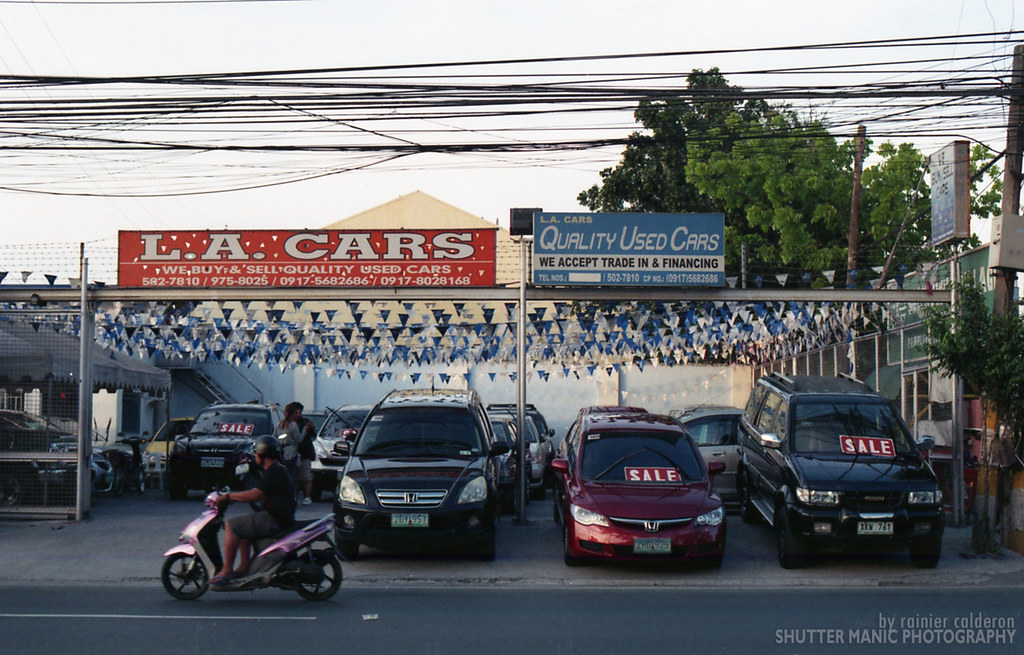
6. **The Post-Holiday Monday Mire: When Dealerships are Catching Up**
While shopping on a Monday or any quieter weekday is generally recommended, there’s a specific scenario where this advice needs a critical caveat: Mondays immediately following huge sales events or in areas where Sunday sales are prohibited. In these particular circumstances, what would typically be a calm, advantageous day can transform into a bustling, less productive experience for the buyer.
After a weekend of heavy sales activity or a three-day holiday weekend, dealership staff are often inundated with administrative tasks. They’re catching up on paperwork from the previous busy days, processing sales, and managing inventory. This means their time and attention will be divided, and they may not have the capacity to answer your questions as thoroughly or dedicate the personalized attention you would typically expect and benefit from on a quieter weekday.
In such situations, the advantage of a Monday vanishes, and you might find yourself waiting longer, feeling rushed, or simply not getting the focused interaction needed for a successful negotiation. If your schedule allows, it’s far better to wait an extra day or two and visit on a Tuesday or Wednesday. This strategic delay ensures that dealership staff are past their immediate post-rush duties, allowing you to truly leverage the benefits of a less crowded showroom and a more attentive sales team, making your car-buying experience much smoother and potentially more cost-effective.
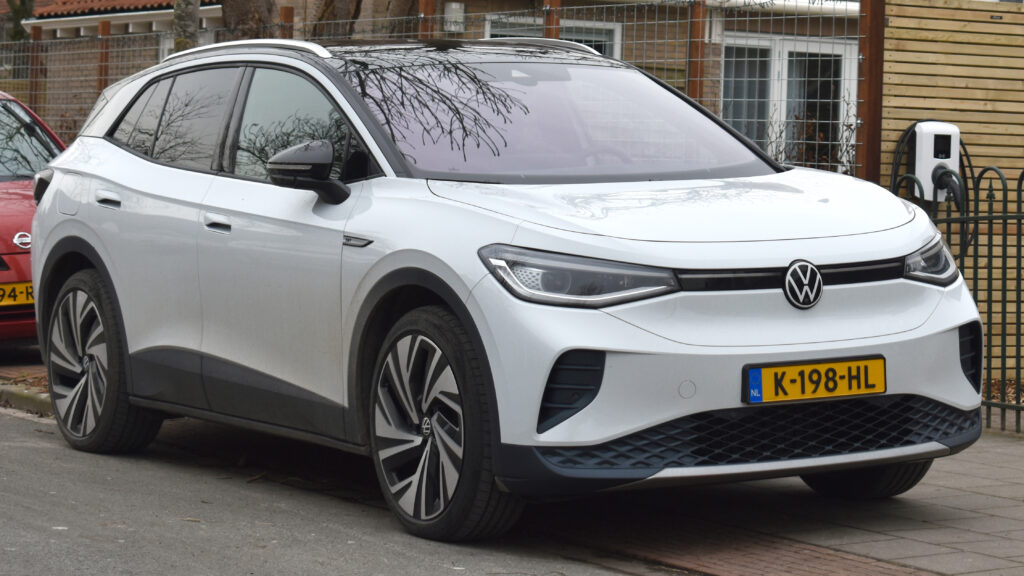
7. **The Latest and Greatest Tax: Why Early Model Year Purchases Cost More**
For many car enthusiasts, the allure of the absolute newest model is irresistible. However, purchasing a car at the very beginning of its new model year, typically around September, comes with a significant premium. This is a period when demand for the latest features and designs is at its peak, and dealers have little incentive to offer substantial discounts. Essentially, you’re paying a “newest and greatest” tax.
When a car model is brand-new, has just undergone a redesign, or is simply the best-selling model in its class, its prices will naturally be higher. There’s a segment of buyers willing to pay above the sticker price for the latest and most innovative offerings. While it’s exciting to be among the first to drive a new model, if saving money is a primary concern, this timing is definitely one to avoid. The market simply hasn’t had time for prices to settle down, and dealer incentives are likely minimal.
Instead, savvy car shoppers who prioritize savings over being an early adopter should exercise patience. Waiting a while, typically until later in the model year or even the following fall during model changeovers, will almost certainly yield better deals. As Allyson Harwood of Kelley Blue Book and Autotrader advises, “patience is a key attribute for securing a good deal.” While the newest model might boast updated features, if those aren’t critical for you, waiting to purchase can save you thousands of dollars, allowing others to absorb the initial premium associated with a new release. This allows you to avoid spending extra money unnecessarily and ensure your purchase aligns with a value-driven strategy.”
Continuing our deep dive into strategic car buying, this section focuses on eight additional critical times and scenarios you should actively steer clear of. Mastering these insights will fully equip you to avoid costly mistakes and secure the best possible deal, transforming your next car purchase into a smart, informed decision. Remember, the goal is always to empower you with knowledge.

8. **The Folly of Early-Month Shopping**
While the end of the month often presents golden opportunities for significant savings as dealers strive to meet quotas, the inverse is usually true for the beginning of the month. As a new sales cycle commences, dealership sales teams are typically fresh, with their monthly targets far off in the distance. This dynamic often means they feel less pressure to close deals quickly or to offer substantial discounts.
In the initial days or weeks of a new month, salespeople are less likely to be desperate to make a sale. They have ample time to hit their targets and are therefore less motivated to “lose money” on a deal, as the context implies when discussing end-of-month incentives. This relaxed approach can lead to higher prices for consumers, as the urgent need to move inventory or secure bonuses is simply not present for the sales team.
For the savvy shopper, understanding this internal rhythm of the dealership is crucial. If you find yourself car shopping at the start of the month, be prepared for potentially firmer pricing and less flexibility in negotiations. It’s often better to gather information, take test drives, and do your preliminary research during this period, saving the actual negotiation and purchase for when the dealer’s motivation naturally increases later on.

9. **Navigating the Tax Return Season Swell**
The period between February and April, commonly known as tax return season, might seem like a good time to buy a car, given that many consumers have a sudden influx of cash. However, this increased buyer activity can actually work against your negotiating power. Just like during busy weekends, higher demand translates to less incentive for dealerships to offer deep discounts.
When numerous buyers are flush with tax refund money and eager to make a significant purchase, dealerships experience a surge in foot traffic. This heightened demand allows them to maintain higher prices, as they know there’s a steady stream of customers willing to pay. Salespeople have less reason to bend on price when the lot is bustling and deals are closing readily.
To secure a better deal, it’s generally advisable to avoid purchasing during this peak period if possible. While the temptation to spend a tax refund on a new vehicle might be strong, exercising patience and waiting for less competitive times can yield more favorable terms and prices. Your refund can still contribute to a purchase, just perhaps not immediately.
Read more about: Kylie Jenner: Unpacking Her Empire, Influence, & Style Evolution That Totally Suits Her

10. **The Premium on “Hot Seller” Models**
Beyond just new model year releases, any car that earns the label of a “hot seller” due to its overwhelming popularity, groundbreaking features, or consistent best-in-class performance will inevitably command a premium. When a specific model is in high demand, dealerships have little to no incentive to offer significant price reductions, regardless of the time of year.
The market dictates that when a product is highly coveted, buyers are often willing to pay above the manufacturer’s suggested retail price (MSRP) to get their hands on it. This creates an environment where discounts are scarce, and even negotiating a fair price can be challenging. Salespeople know that if one customer walks away, another enthusiastic buyer is likely right around the corner.
For those prioritizing savings, patience is a virtue when a “hot seller” catches your eye. Waiting for demand to cool, or for the model to age slightly, can lead to more opportunities for discounts and incentives. As Allyson Harwood of Kelley Blue Book and Autotrader advises for new model years, “patience is a key attribute for securing a good deal” – a sentiment that equally applies to in-demand vehicles.

11. **The Holiday Dealership Stampede**
While some holiday weekends, like Memorial Day or Labor Day, are promoted for their special financing and lease deals, the sheer volume of shoppers who flock to dealerships during these times can negate any potential advantage. As Sam Fiorani cautions, “car shoppers should avoid a trip to a dealership on a holiday because that’s when lots of other people might have the same idea.”
The “Star-Spangled Sale-a-Bration” ads and inflatable gorillas might draw you in, but a bustling showroom means less dedicated attention from salespeople and increased competition among buyers. When dealerships are super busy, sales staff have less capacity to engage in thorough, drawn-out negotiations for individual deals. They might be focused on processing volume, rather than securing the absolute best price for each customer.
To truly capitalize on holiday deals without succumbing to the rush, a strategic approach is necessary. Do your homework, research vehicles, and even complete test drives *before* the holiday weekend. Then, if possible, aim to finalize the deal on the first weekday *after* the holiday. This allows you to leverage the holiday incentives without the intense pressure of a crowded showroom.
Being able to capture the full attention of a salesperson is a measure of supply and demand, and the results for the shopper are invariably better when the supply of customers is not as high. This strategic timing ensures you get dedicated service and a more focused negotiation, leading to a potentially more favorable outcome.
Read more about: San Antonio’s Ghostly Dance Floors: Can You Identify These Forgotten ’70s & ’80s Nightlife Legends?

12. **Debunking the “Closing Time Lowball” Myth**
There’s a persistent urban legend suggesting that showing up at a dealership just before it closes, or even on a major holiday like Christmas Eve, will pressure a salesperson into accepting a lowball offer just to close the deal and go home. This popular belief is, quite simply, incorrect and a trap to avoid.
As the context directly states, “That’s simply not the case. They’ll probably just ask you to come back during business hours or possibly put in the extra time to negotiate the sale that evening.” Car salespeople are professionals who are at the dealership every day, understanding the game far better than an infrequent car buyer.
Attempting this tactic is more likely to result in frustration, a lack of dedicated service, or simply a delayed purchase rather than a significant saving. Instead of relying on fictional scenarios, empower yourself with research, pre-approved financing, and a clear understanding of the vehicle’s fair value. This preparation is a far more effective strategy than hoping a salesperson is desperate to leave.

13. **The Peril of Post-Disaster Used Car Purchases**
A critical scenario to absolutely steer clear of, especially when considering a used car, is making a purchase shortly after a major flood or other natural disaster has occurred in your area. This is a time when opportunistic sellers may try to offload damaged vehicles before official records catch up.
The danger lies in the potential for flood-damaged cars, or vehicles with other hidden impairments from a disaster, to be quickly cleaned up and sold without full disclosure. These vehicles might appear fine on the surface, but internal damage to electronics, engine components, or the structural integrity can lead to costly and dangerous problems down the road. “Opportunistic sellers may try to get rid of damaged and quickly repaired vehicles before the information appears on vehicle history reports.”
Always take the time and spend the money to get a pre-purchase inspection performed by an independent, trusted mechanic, especially for used cars. This due diligence is paramount to ensure there’s no hidden damage that could turn your “deal” into a financial nightmare. This advice holds true at any time, but it becomes particularly critical in the aftermath of widespread natural events.
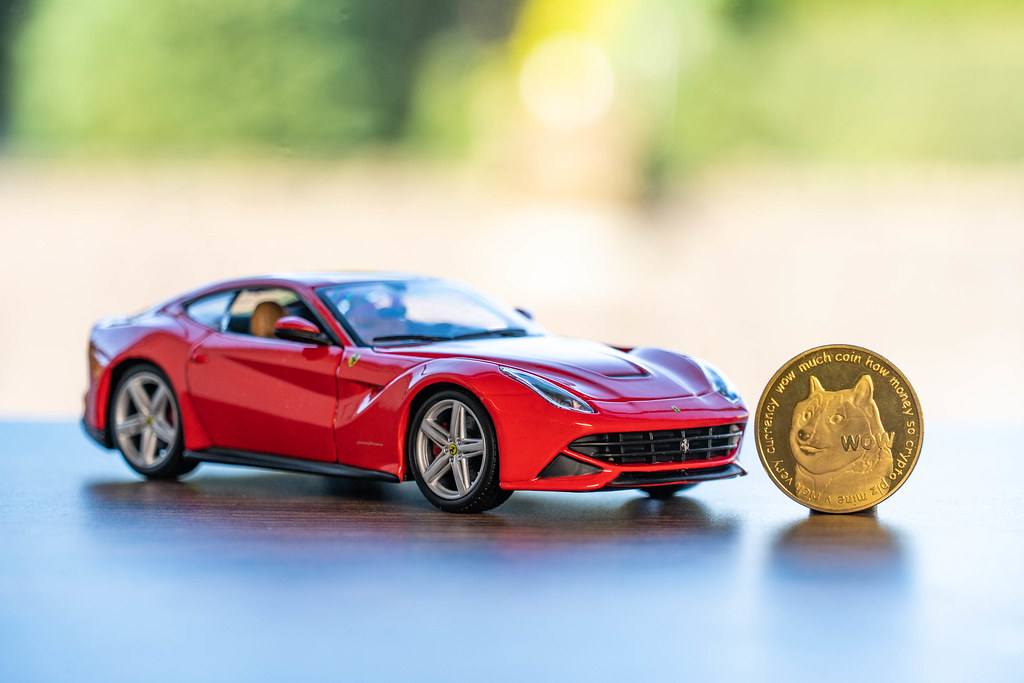
14. **The Cost of Unpreparedness: No Pre-Approved Financing**
One of the most significant pitfalls to avoid in any car-buying scenario, regardless of timing, is arriving at the dealership without pre-approved financing in hand. The article consistently emphasizes that “No matter when you plan to buy, coming prepared with pre-approved financing is always a smart first step.” Failing to do so can severely diminish your leverage and potentially cost you thousands of dollars.
When you don’t have your financing sorted beforehand, you become highly dependent on the dealership’s finance office, which may not always offer you the most competitive rates. Without an outside offer to compare, you have no benchmark to ensure you’re getting a good deal on your loan. This allows the dealership to potentially “muddy up the numbers by manipulating the discount and trade-in values,” as the context warns about negotiating trade-ins.
Being prepared with a pre-approved loan empowers you to negotiate the car’s price as a separate transaction, securing the best possible rate. It shows the dealer you are a serious buyer with options, forcing them to compete for your business. This simple step can transform your car-buying experience from a rushed, uncertain negotiation into a confident and advantageous transaction, freeing you to focus solely on the vehicle itself.
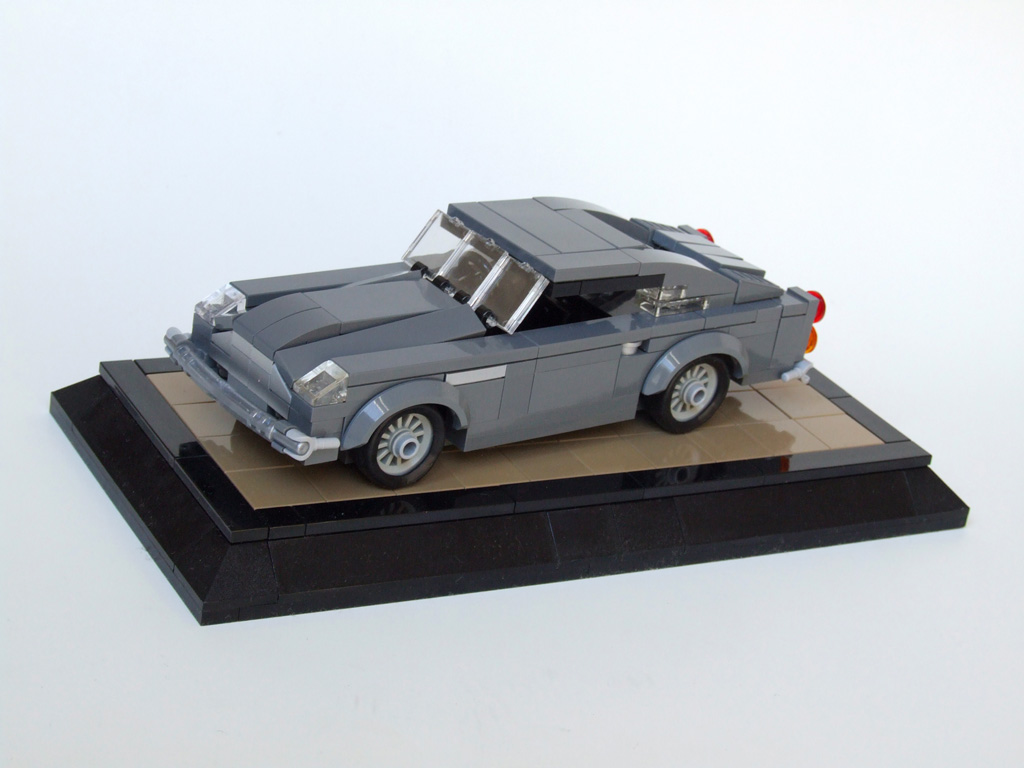
15. **Leasing a Discontinued Model: A Depreciation Trap**
While buying a discontinued car can sometimes present significant savings for long-term owners, particularly due to the heavy incentives offered, it represents a distinct trap for those looking to lease. The article explicitly states that for lease customers, buying a discontinued model is “bad” because such vehicles “tend to depreciate more quickly than current models.”
Leasing agreements are fundamentally tied to a vehicle’s residual value—its projected worth at the end of the lease term. A car that depreciates rapidly, as discontinued models often do, will have a lower residual value, which directly translates to higher monthly lease payments. This is because the lease payment is essentially covering the difference between the car’s initial price and its residual value, plus interest and fees.
Therefore, if you’re a lease customer, your best strategy is to avoid discontinued models and instead focus on vehicles with strong resale values. While the upfront incentives might seem attractive, the long-term cost through higher lease payments will likely outweigh any initial savings. Understanding the specific implications for your ownership strategy, whether buying or leasing, is key to avoiding this financial misstep.
Read more about: Dealer’s Nightmare: The 8 Cars Nobody Will Buy Even with Massive Discounts
Navigating the automotive market can feel like traversing a labyrinth, yet armed with precise knowledge about when—and when not—to buy, you transform from a mere shopper into a strategic negotiator. Every tip, every avoidance strategy, is a lever in your hand, designed to empower you and ensure that your next vehicle purchase isn’t just a transaction, but a triumph of foresight and informed decision-making. By meticulously planning your approach and avoiding these common pitfalls, you’re not just saving money; you’re securing peace of mind and the perfect ride for the journey ahead.

